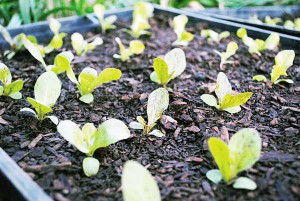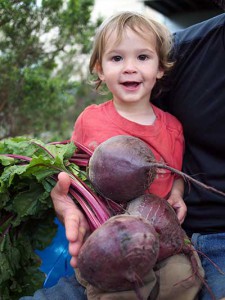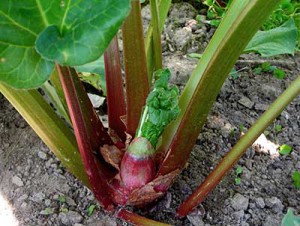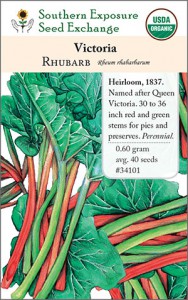Life has been pushing me in the direction of herbal medicine lately. A gentle nudge, some not-so-subtle hints, a full-on shove. So at last I am resisting no longer and taking advantage of the wealth of knowledge and opportunity laid before me to begin this journey of discovery.
At Twin Oaks, the community just up the road from and parent to Acorn, where I now live, the beautiful, sprawling herb garden has been run by the wise and knowledgeable Hildegard for many a year. And so I have thrown myself at the feet of Hildegard as a student to absorb all that she might be willing to teach me. In this blog I intend to document my lessons, that I might better cement them for myself and also share them with you, gentle reader.
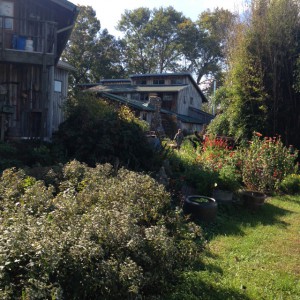
In our first class, we learned about Ground Ivy, also known as Creeping Charlie, and a host of other names.
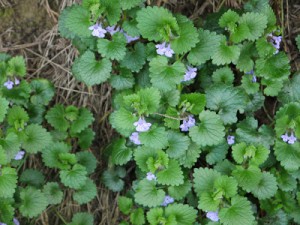
Hildegard was full of praise for this pretty ground cover. Native to Europe and Southwestern Asia, it grows enthusiastically in most of North America and can be very effective in keeping out other weeds. It clings to the earth but lightly, making it easy to rake up and compost, and Hildegard said she was able to make an equal volume of rich soil out of a pile of it. It thrives in shade, but also handles sun well, so you can put it just about anywhere – but be careful in woodlands as this invasive can choke out native wildflowers.
Ground Ivy has been used medicinally and culinarily for thousands of years. It’s full of vitamin C and Hildegard told me she recently made a tea with loads of fresh ground ivy, elderberries, and holy basil and fed copious amounts of it for three days straight to a visitor with bad cold, who then made an astonishing and speedy recovery.

We wandered around the garden looking at many patches of Ground Ivy to pick the very nicest. Recent rains had the plants in lower lying areas looking a little yellowish. Finally we settled on a big patch on higher ground. Hildegard showed me how to snip the leaves with scissors rather than tearing or pinching them up, which traumatises the plants more. We filled up a basket and then headed back to the tiny room she uses for processing tinctures.
Here we stuffed the leaves tightly into a small mason jar, to about an inch from the top, reaching in with scissors to cut them up a bit. Then we poured in vodka nearly to the top, put a piece of plastic over the mouth of the jar, and screwed on the lid. (The plastic is there to keep the alcohol from being in contact with the metal of the lid.) Now it will sit for at least six weeks, drawing out the valuable compounds from the ground ivy to make a tincture which will allow us access to their medicinal properties whenever we feel the need of them.
Hildegard mentioned that whenever possible she likes to use medicinal herbs fresh, so when I got home I harvested another jarful of ground ivy and made myself a tea from the fresh leaves. I, however, found its taste odd and slightly nauseating, so I think I’ll stick with adding the tincture to other things.
A little more research on my own told me that besides being chock full of vitamin C (it proved useful in curing scurvy), ground ivy can be used as a substitute for animal rennet in cheese making, and that the Saxons used it in brewing beer before hops were introduced. The 16th century herbalist John Gerard called it the most excellent medicine in the world for eye ailments, and also recommended it for sciatica, back pain, as a diuretic, an astringent, and a stimulant. While these claims are not perhaps all able to be substantiated, it certainly seems like this prolific little creeper is an excellent addition to one’s herbal medicine cabinet.

